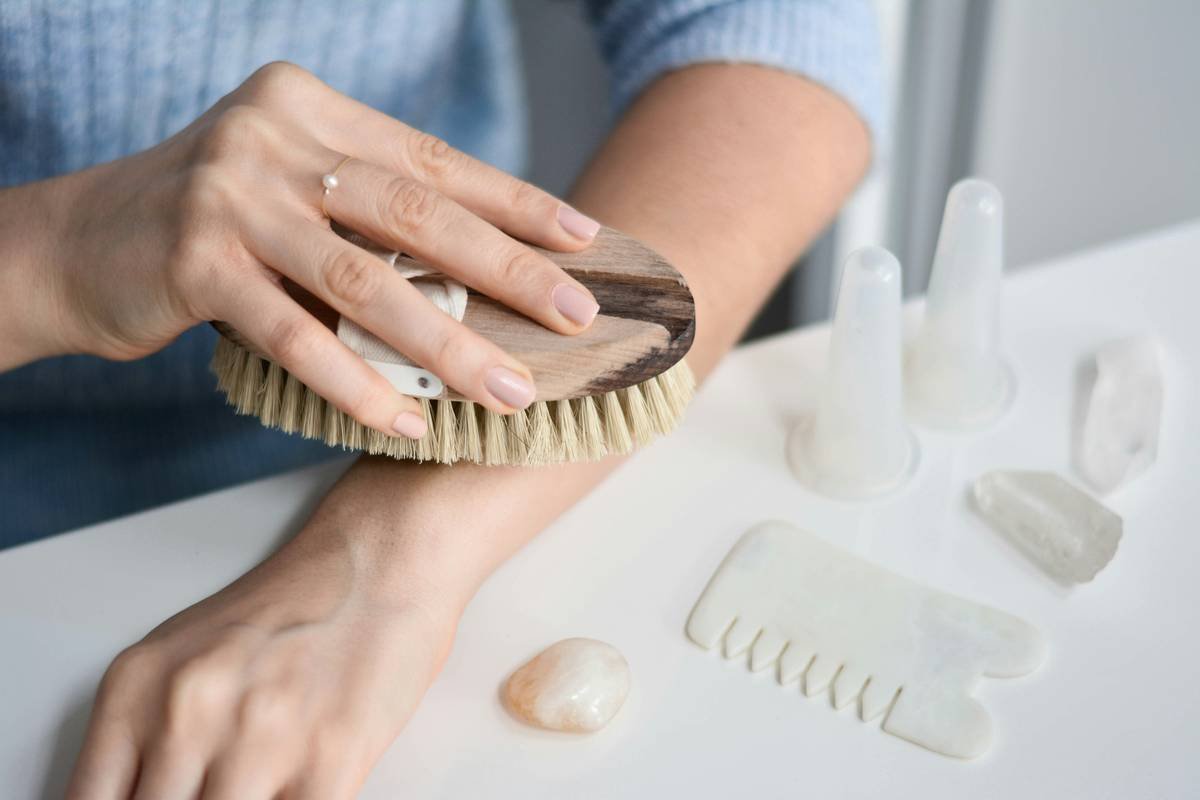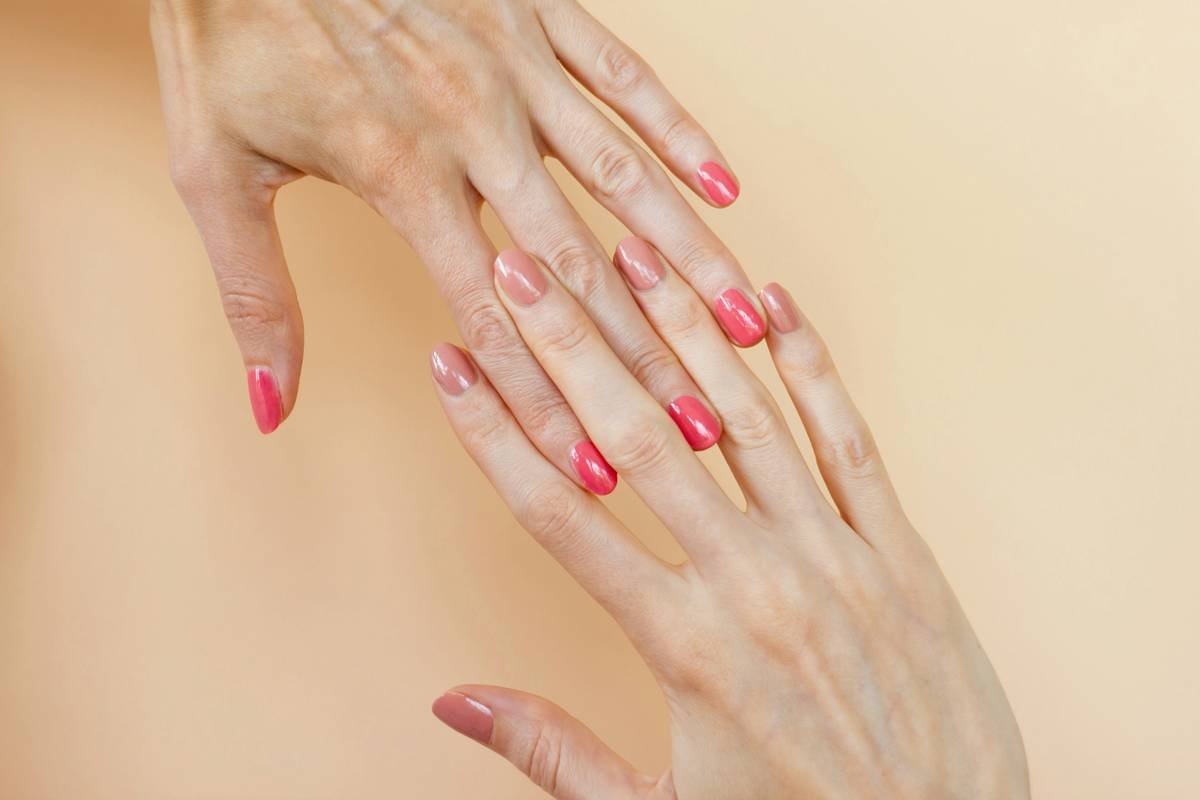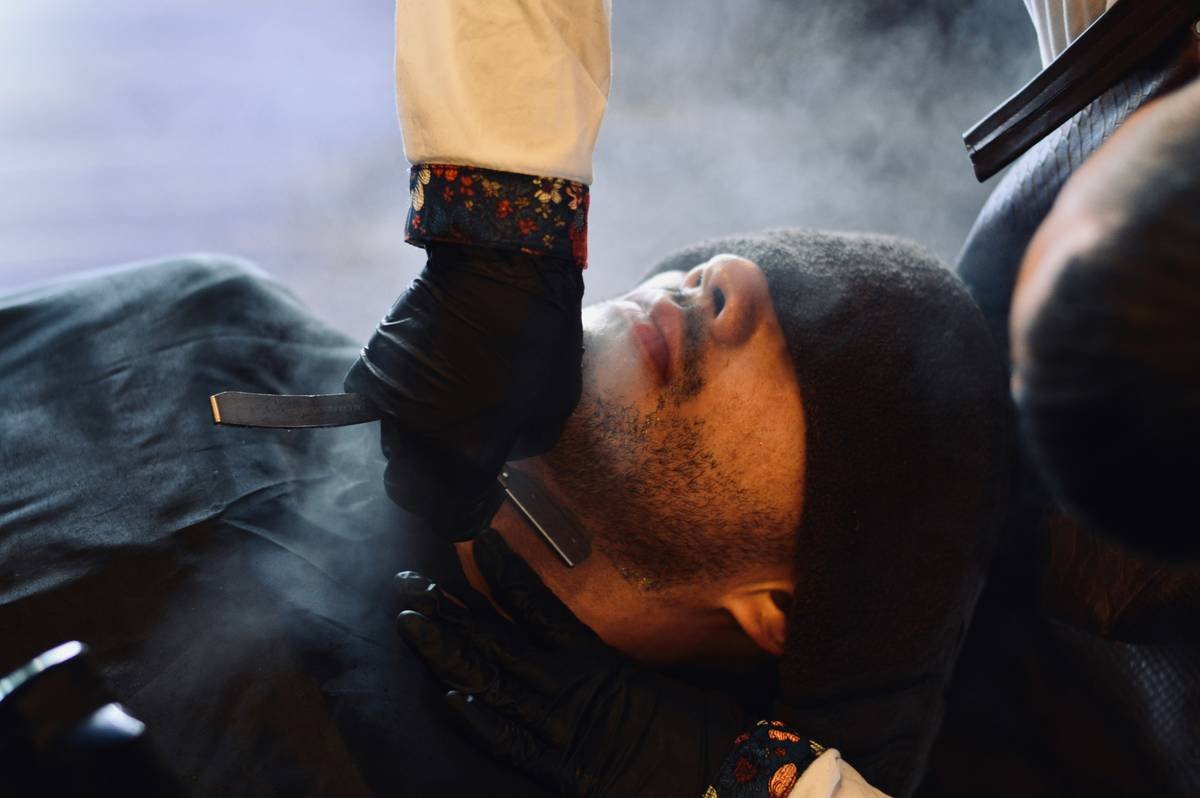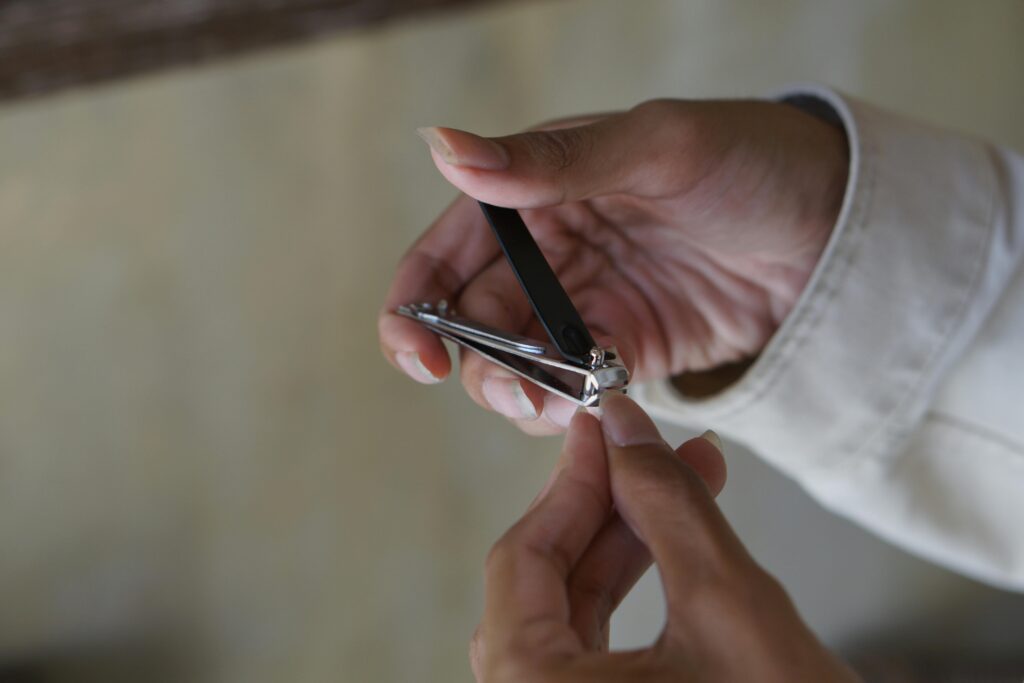Ever stared at your nails, wondering why they feel like a battlefield of germs? Yeah, us too. Nail hygiene isn’t just about looking polished—it’s about staying healthy. Did you know that improper nail care can lead to infections like paronychia or fungal growths? Scary, right? In this post, we’ll uncover how the humble nail clipper is your secret weapon for pristine nail health—and we’re not just talking manicures here.
You’ll learn why nail hygiene matters, step-by-step tips to maintain it, expert advice on choosing the right tools, and even a few confessional fails from our own nail journeys. Let’s dive in!
Table of Contents
- Why Nail Hygiene Matters
- Step-by-Step Guide to Nail Hygiene
- Best Practices for Using Nail Clippers
- Real-Life Examples of Good and Bad Nail Care
- FAQ About Nail Hygiene
Key Takeaways
- Nail hygiene prevents infections and keeps hands clean.
- A good nail clipper makes all the difference in maintaining hygiene.
- Proper technique matters as much as the tool itself.
Why Nail Hygiene Matters
Confession time: There was a phase when I let my nails grow wild because “longer nails = better aesthetic,” right? Wrong. One day, while typing furiously over a deadline (sound effect: laptop fan whirrrr), I felt something squishy under my nails. Turns out, dirt had been camping there for who-knows-how-long. Gross.
Here’s the thing—dirty nails are basically petri dishes. Germs love hiding under untrimmed nails, leading to everything from minor irritations to serious infections. That’s where *nail hygiene* comes in. Keeping your nails clean and trimmed helps prevent bacteria buildup and reduces the risk of spreading illness through touch.

Infographic detailing potential risks of neglecting nail hygiene.
Step-by-Step Guide to Nail Hygiene
Step 1: Gather Your Tools
Optimist You: “All I need are some basic tools to get started!”
Grumpy You: “Seriously? A nail file now counts as essential?”*
To master nail hygiene, start with these must-haves:
- High-quality stainless steel nail clippers.
- A nail file or emery board.
- Cuticle pusher or remover.
Investing in durable tools pays off big-time. Cheap clippers snap mid-trim faster than you can say “ouch.”
Step 2: Wash First, Clip Later
Always wash your hands thoroughly before clipping. This softens nails and reduces the chance of transferring bacteria onto freshly trimmed fingers.
Step 3: Trim Smartly
Clip straight across first, then shape slightly rounded at the edges to avoid ingrown nails. Trust me; skipping this step feels worse than stepping on LEGO bricks barefoot.
Step 4: File and Smooth
File gently toward the center—not back and forth—to smooth rough edges. Think of it as sandpaper work but less stressful.
Best Practices for Using Nail Clippers
Tip #1: Keep Them Clean
Did you disinfect your clippers after last use? If no, please do. Dirty clippers spread germs faster than office donuts disappear.
Tip #2: Don’t Share!
Sharing nail clippers might seem kind until everyone catches athlete’s foot. Seriously, keep yours personal.
Terrible Tip Alert: DIY Sharpening
“Sharpen dull clippers with household files.” No. Just no. Replace worn-out clippers instead of risking injury or ruining your nails further.
Rant Section: My Beef with Flimsy Clippers
Let’s talk about cheap plastic nail clippers—they’re literal nightmares. Imagine trying to cut your toenails, only to have the blade bend like spaghetti. Argh! Stop skimping. Spend an extra buck or two for sanity’s sake.
Real-Life Examples of Good and Bad Nail Care
Take Sarah, who swears by her $15 pair of ergonomic clippers paired with weekly maintenance routines. Her nails? Always spotless. Then there’s Bob, whose laissez-faire approach resulted in three weeks of stubborn paronychia. Lesson learned: Prevention beats cure.

Before vs After: The transformative power of proper nail hygiene.
FAQ About Nail Hygiene
Q: How often should I trim my nails?
A: Aim for once every 1–2 weeks, depending on growth speed.
Q: Can poor nail hygiene cause systemic illnesses?
A: Yes! Untreated infections can travel beyond your fingertips.
Q: What’s the best type of nail clipper material?
A: Stainless steel is durable, rust-resistant, and easy to sterilize.
Conclusion
So there you have it: Nail hygiene isn’t rocket science, but it sure impacts your daily life more than you think. Armed with the right knowledge, top-notch clippers, and maybe a grudging acceptance of routine upkeep, your nails will thank you. Oh, and coffee definitely helps during those filing sessions.
“Like a Tamagotchi, your nails need love and care every single day.”


